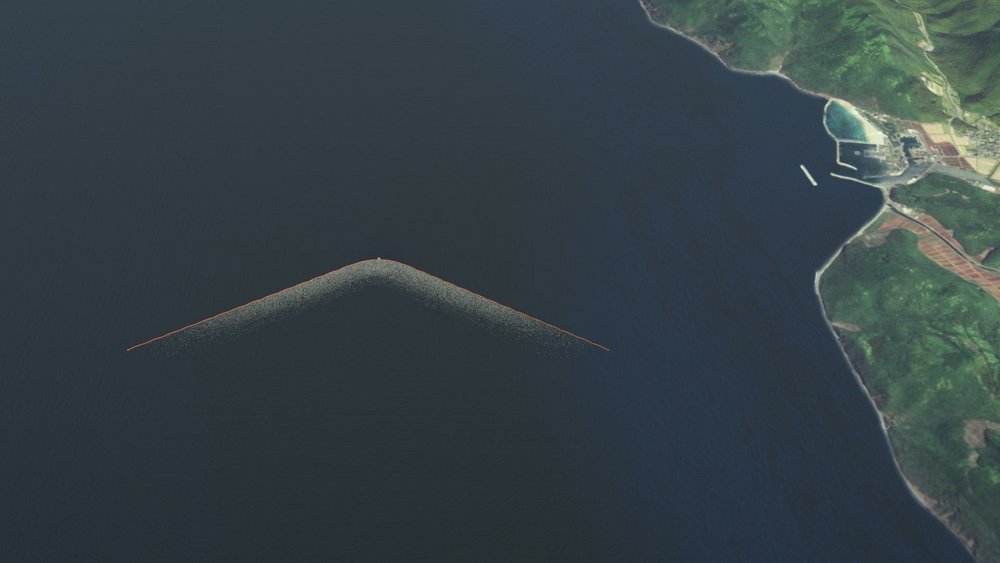Flotsam (what we’re obsessed with right now)
- Roman Fedorsov, a Russian fisherman who posts all the weirdest bycatch from deep-sea trawls to his twitter account.

Jetsam (what we’re enjoying from around the web)
Over 15 years of ocean science and conservation online
Flotsam (what we’re obsessed with right now)

Jetsam (what we’re enjoying from around the web)
The Ocean Cleanup is back in the news, with their first test deployment happening imminently off the coast of Japan. From reviews of their current material, it seems clear that they have not taken the critical assessment of their feasibility study, graciously provided pro-bono by Drs. Martini and Goldstein, to heart. This is unfortunate. As the project has progressed, many in the ocean science and conservation community have not only grown more skeptical of its effectiveness, but are increasingly wary of the potential this project has to cause significant environmental harm. As of yet, The Ocean Cleanup has presented no formal Environmental Impact Assessment, a critical document which would provide the data necessary to properly gauge the potential for environmental harm from large-scale engineering projects.

Goldstein and Martini’s technical review is essential reading for anyone tracking the progress of The Ocean Cleanup, but there are many additional issues that the Ocean Cleanup has not yet addressed. Here, I present three issues related to the construction and operation of The Ocean Cleanup and the necessary information that, were I in charge of regulating the high seas, would need to know before such a project could be approved.
1. The Ocean Cleanup will be the largest offshore structure ever assembled.
When completed, The Ocean Cleanup will span 100 km of open sea with a massive array of booms and moored platforms. If successfully constructed in the proposed region, the mooring used will be the deepest ever constructed. The booms will stretch across a major oceanic current, interacting with plankton transport and pelagic migrations.
What I want to know: How will The Ocean Cleanup monitor changes in ocean-wide population structure? What community baselines have been established from which ecosystem impact can be assessed? What contingency are in place should catastrophic failure occur? Ultimately, what chronic threshold will be used to trigger a shutdown of the Ocean Cleanup, should major environmental impacts be detected as a result of standard operation, who will access to the data necessary to monitor those impacts, and who will have authority to trigger a shutdown?
Read More “Three facts (and a lot of questions) about The Ocean Cleanup” »